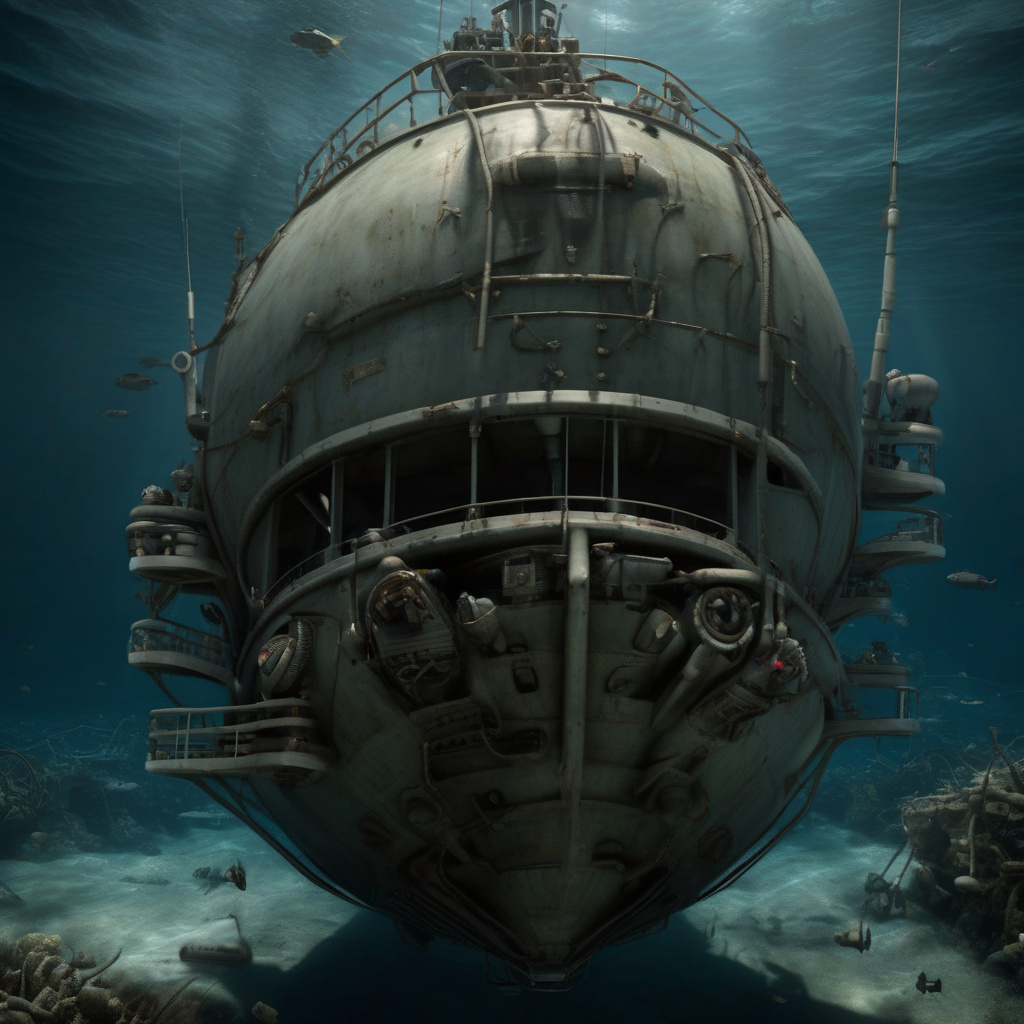New US Sonar Technology to Hunt Hidden WWII-Era Bombs Buried at 400+ Underwater Sites
More than 400 underwater sites across the U.S. may be contaminated with unexploded ordnance (UXO)—decades-old remnants of World War II that pose a significant threat to both marine life and human safety. The presence of these hidden dangers has long been a concern for environmentalists, historians, and government officials alike. However, recent advancements in sonar technology are offering a glimmer of hope in the effort to locate and safely remove these potentially deadly relics from the seabed.
The use of sonar technology for underwater bomb detection is not a new concept. Still, the latest developments in this field have brought about a level of precision and efficiency previously thought unattainable. Traditional methods of UXO detection often involve time-consuming and labor-intensive processes, such as dredging or manual searches conducted by divers. These approaches not only pose risks to personnel but also result in high costs and limited success rates.
The new sonar technology, on the other hand, utilizes advanced imaging techniques to create detailed maps of the seafloor, allowing experts to identify potential UXO hotspots with unprecedented accuracy. By analyzing the data collected by these sonar systems, researchers can distinguish between harmless debris and potentially hazardous munitions, enabling them to prioritize cleanup efforts and allocate resources more effectively.
One of the key advantages of this cutting-edge sonar technology is its ability to penetrate the seabed and detect objects buried deep beneath the ocean floor. This capability is particularly crucial when dealing with WWII-era bombs, which may have become partially or entirely submerged over time. By pinpointing the exact location of these hidden explosives, authorities can devise targeted strategies for their safe removal, minimizing the risk of accidental detonations and environmental damage.
Moreover, the use of sonar technology significantly reduces the time and manpower required to survey large underwater areas. What might have taken months or even years to accomplish using traditional methods can now be completed in a fraction of the time, thanks to the speed and efficiency of these advanced scanning systems. This not only streamlines the cleanup process but also allows for more frequent monitoring of high-risk sites to prevent potential accidents before they occur.
In addition to its practical benefits, the deployment of sonar technology for UXO detection underscores the importance of innovation in addressing complex environmental challenges. By harnessing the power of cutting-edge tools and techniques, scientists and policymakers can work together to safeguard our oceans and coastal regions from the lingering threats of past conflicts. This collaborative approach not only enhances our understanding of historical events but also fosters a sense of responsibility for preserving marine ecosystems for future generations.
As efforts to locate and neutralize underwater bombs continue to gain momentum, the integration of new sonar technology represents a significant step forward in ensuring the safety and sustainability of our oceans. By leveraging the capabilities of these innovative systems, we can turn the tide against the silent menace of WWII-era munitions lurking beneath the waves, paving the way for a cleaner, safer underwater environment for all.
WWII, SonarTechnology, UXO, MarineConservation, EnvironmentalInnovation












